Bizarreness, like beauty, is in the eye of the beholder. What exactly do we mean by ‘bizarre’? We know that it suggests something strange or unusual – something ‘abnormal’, perhaps. But we have no yardstick for the normal other than that with which we are most familiar.
The first Europeans to see kangaroos were astonished by these large animals that bounced. They’d seen nothing like that in Europe. And yet, in Australia, of course, hopping had evolved millions of years earlier as the energy-efficient locomotive method of choice for dozens of macropod species. To these animals, the wandering earthbound sheep introduced by those same Europeans must have appeared decidedly odd.
There seems to be, however, a general consensus that the weirdest creatures are shrouded in obscurity. Those animals that elicit the most gasps and grimaces are generally little-known creatures hidden in remote corners of the planet. It is as though we suspect that weirdness truly flourishes only when nature escapes our scrutiny.
The following is a celebration of some of our favourite weird and wonderful creatures found across the planet, from the rainforests of Borneo to the depths of the oceans.
Shoebill
‘King whale-head’, the translation of this bird’s scientific name, hardly suggests small or discreet. And indeed the shoebill sports a quite outrageous conk.
Its common name is derived from the Arabic Abu markub – literally ‘father of the shoe’. Imagine a size-ten clog on the face of an outsized heron and you’ll get the picture.
Frilled lizard
It’s a shocking experience for any predator: one minute you’re casually investigating an old stick; the next you’re being rushed by a hissing, gaping lunatic brandishing a bright yellow umbrella.
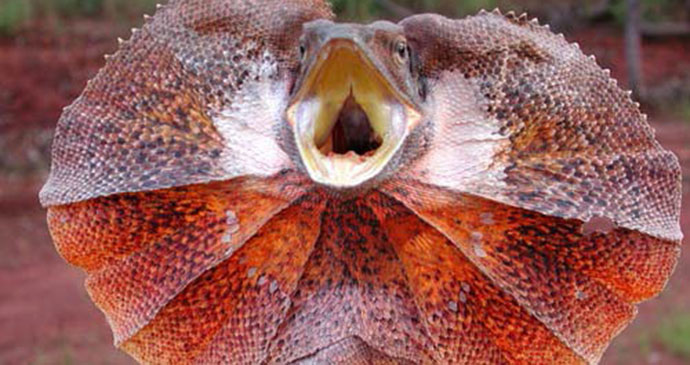
Before you can recover, the madman is off again, bounding for the horizon then veering off suddenly up a tree trunk. Time for a stiff drink, perhaps.
Hagfish
‘Revolting’ is the term most often applied to these primitive sea creatures, which have changed little in over 300 million years.
With its serpentine body and paddle-like tail, a hagfish resembles an eel. But it differs from eels and other true fish in its lack of jaws, bones and fins. Other unusual features include four hearts, two brains, only a partial cranium and no vertebrae – meaning that it is not even a true vertebrate.
Proboscis monkey
The Malay word for this primate is orang belanda, or ‘Dutchman’, its potbelly and big nose having reminded locals of Borneo’s first European settlers.
Regardless of stereotypes, this monkey certainly boasts one of the most comical faces in the animal kingdom.
Short-beaked echidna
This outlandish mammal, also known as spiny anteater, would surely make any bizarre animal top ten.
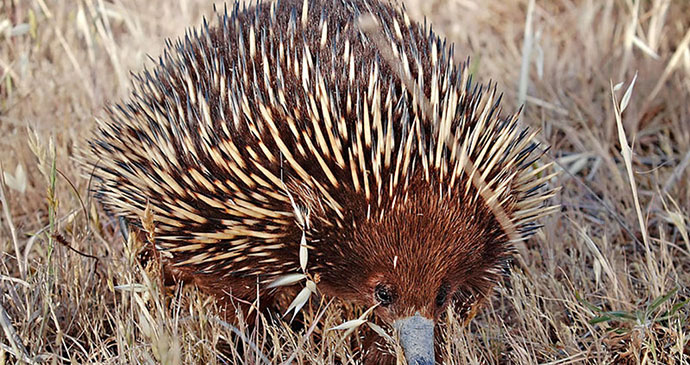
Not only does it look extremely odd, combining a hedgehog’s spines with an anteater’s snout; it also has several surprising party tricks – not least of which is the ability to lay an egg.
Leafy seadragon
It’s just seaweed, surely: a delicate sprig, embellished with tiny leaves, swaying gently like an underwater spray of mistletoe.
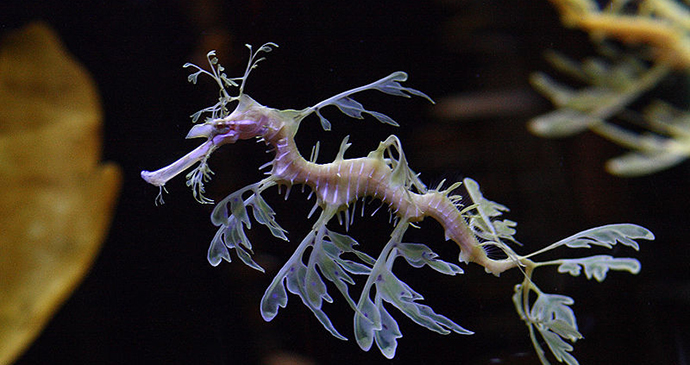
And yet this ‘seaweed’ appears to be moving away as you approach. Could your eyes be playing tricks on you?
Bald uakari
Bald is beautiful – or so the follically challenged (this author, for one) would have us believe. If so, then the shocking red pate of this South American monkey makes it one of the pin-ups of the animal world.
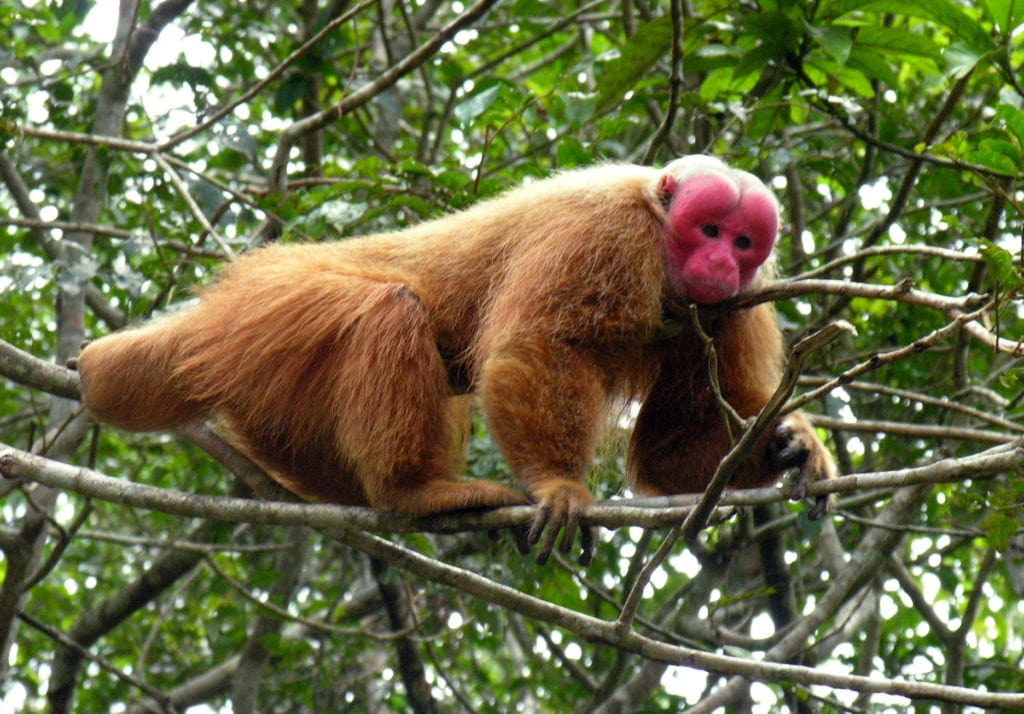
Local people may not have had beauty in mind, however, when they nicknamed it mono angles, or ‘English monkey’, inspired by the first sunburnt natives of Blighty to visit their homeland.
Puss moth
The hideous face rears up at you like a miniature dragon, ringed in fiery orange, with two black eyes that fix you in their malevolent glare.
At the other end, two striped, whiplash tails flail at the air like devils’ bullwhips. ‘Back off!’ comes the unambiguous message – and you’re happy to oblige, grateful that this unnerving beast is only 6cm long.
In fact this nightmare apparition is only a caterpillar – the larva of the puss moth, to be precise, a species that belongs to the Notodontidae family. In its adult form the moth varies from creamy-white to greyish in colour, with a delicately marbled patterning on its wings and black-and-white stripes on its abdomen. It gets its name from the soft cat-like fur that covers its chunky body.
Fiddler crabs
If natural selection generally favours symmetry, then these bizarre crabs are the exception that proves the rule.
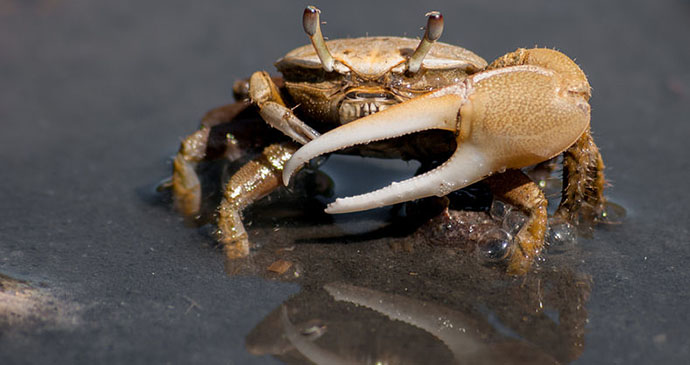
Waving their one grossly outsized pincer like a baseball catcher’s mitt, it’s a wonder they don’t tumble over.
Siamang
If gibbons are indeed ‘funky’, then this one must be the James Brown of the primate world.
Not only does it hurtle across its treetop stage with the abandon of a trapeze artist, but it also possesses one of the most histrionic singing voices in the animal kingdom – and has the throat to show for it.